When you think of Vietnamese cuisine you wouldn’t consider it one of the healthiest in the world, would you? But you’d be wrong; with a lot of fresh veggies, herbs, rice and noodles as staples , the Vietnamese cuisine surely fits into the healthy choices.
The Vietnamese cuisine has both Chinese and European influences. Stir-frying in a wok and using chopsticks is common all over the country. Soy sauce is mostly used in the north, while fish sauce is mostly used in the south.
The best food is always found on the street. Don’t be afraid to experiment and try new things.
Banh Mi
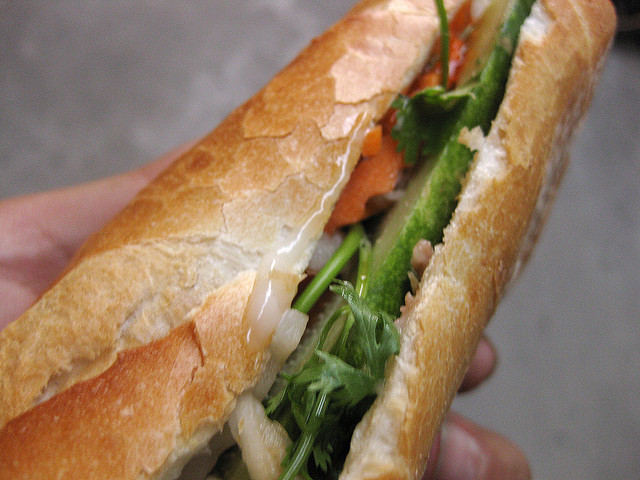
It’s a French roll (baguette) stuffed with a variety of things, including ham, liver pate, cheese, sardines and pickled carrots.
Bo Kho
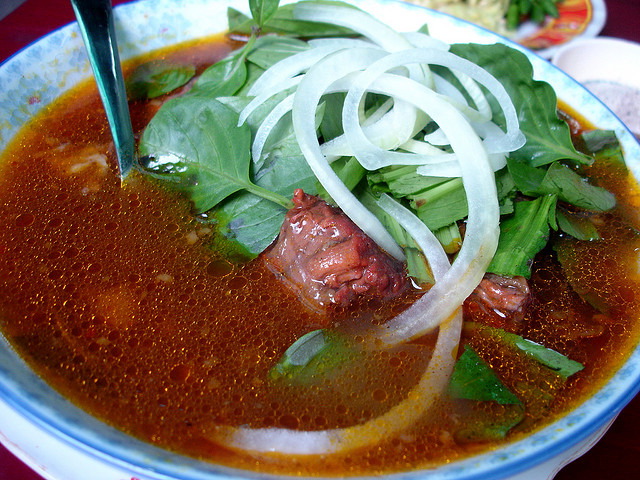
This is a beef and vegetable stew, served with a large baguette.
Goi Cuon

The famous summer rolls which are made with shrimp or pork, rolled in rice pepper with herbs and served with peanut sauce.
Pho

This is the famous noodle soup. The meat of choice is beef or chicken. Noodles are also added to the soup (either chicken or beef broth) and so are herbs such as mint , basil and lime. Bean sprouts may be added , too. The best places to eat it are in the northern parts of the country.
Banh da cua (Crab Noodle Soup)
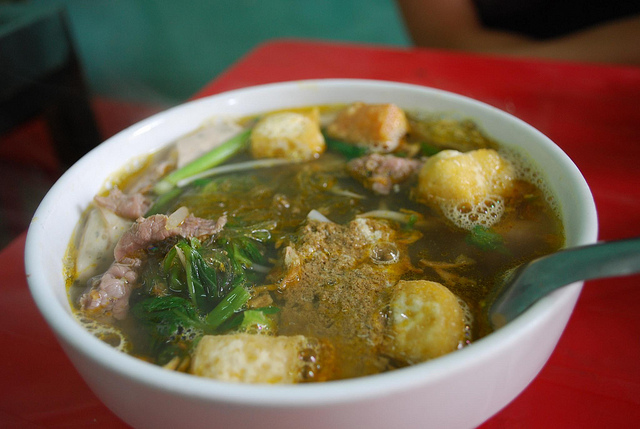
This is an excellent alternative to pho. The broth is made with crab meat, tomatoes and vegetables. The topping is pork, though (ham or pork meat wrapped in betel leaves).
Bun cha ca (Fish Noodle Soup)
The broth is made with fish, tomatoes , vegetables and herbs. Noodles are also included in the soup and the toppings can be fish cake, fish meat and pork.
Com suon (Vietnamese grilled pork with broken rice)
This is a popular dish and contains marinated grilled pork served with rice and fried egg.
Bun Bo Nam Bo
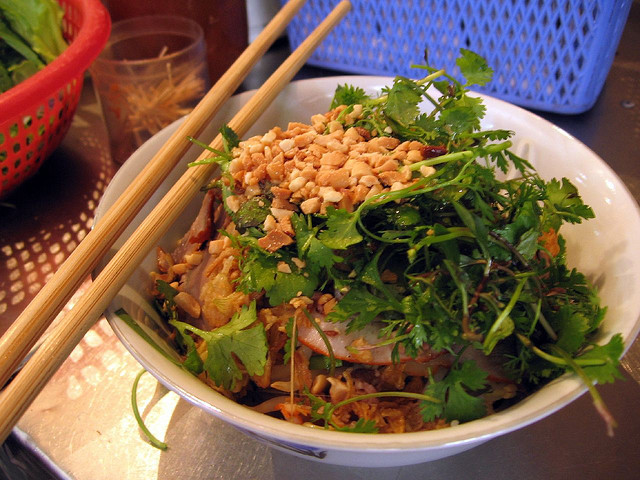
It’s another popular dish, made with vermicelli noodles, topped with sliced beef and a lot of fresh vegetables. On top of those there’s fried onion and some broth.
Mi Quang
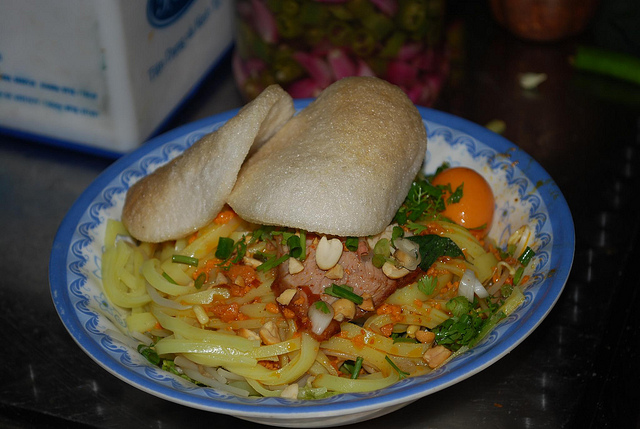
The dish is made with rice noodles , served with boiled egg , shrimp, meat , some broth and basil.
Oc luoc (Boiled snails)

Hello, bizarre food! If you are hungry in the middle of the night, this is the dish of choice. They are boiled with various strong seasoning, so don’t worry about the taste.
Muc nuong (Grilled dry squid)
The squid was dried before grilling. It is served with chili sauce and you must accompany it with beer.
Banh xeo (Vietnamese crepes)
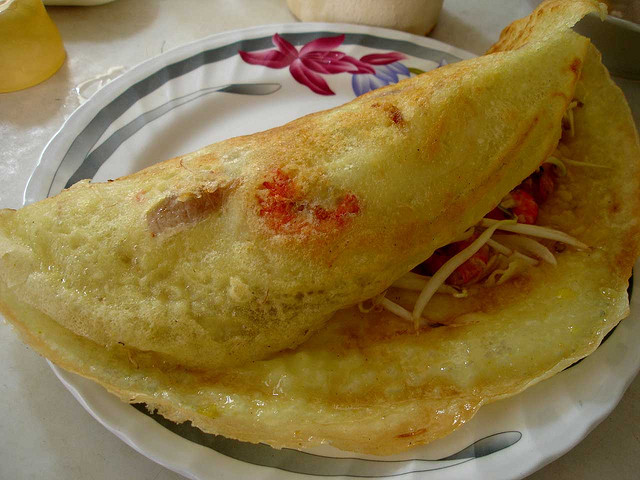
The crepes are filled with shrimp, pork, onions, mushrooms and beans sprout. The best places to eat it are in the southern part of the country.
Nom hoa chuoi
It’s some sort of a salad and is made with banana flowers, which are sliced and served with green papaya, carrots, chicken and sprinkled with fish sauce.
Goi Du Du (Green mango and papaya salad)
It’s both an appetizer and side dish. Green papaya and carrots are found in the salad, sprinkled with the perfect sauce balancing the ingredients.
Bun dau mam tom
This is a tofu and noodle dish, served with mam tom sauce.
Che

It’s served for desert and is a pudding made with sticky rice ,bean jelly, fruit, coconut milk and ice.
Photo credits: Banh Mi , Bo Kho , Goi Cuon , Pho , Banh da cua , Bun Bo Nam Bo , Mi Quang , Snails , Banh xeo , Che
 With a booming economy and heavy investments in infrastructure and the restoration of landmarks since 1990, Vietnam has become one of the most popular tourist destinations in Asia.
With a booming economy and heavy investments in infrastructure and the restoration of landmarks since 1990, Vietnam has become one of the most popular tourist destinations in Asia.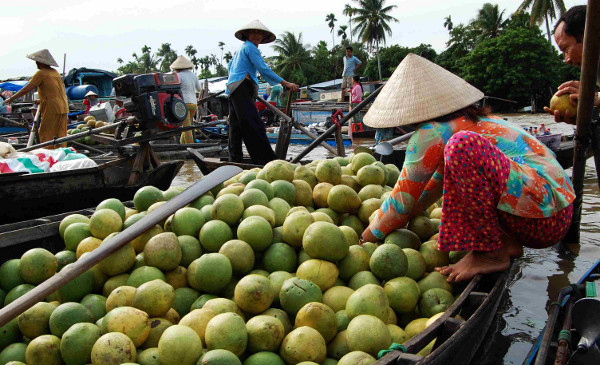


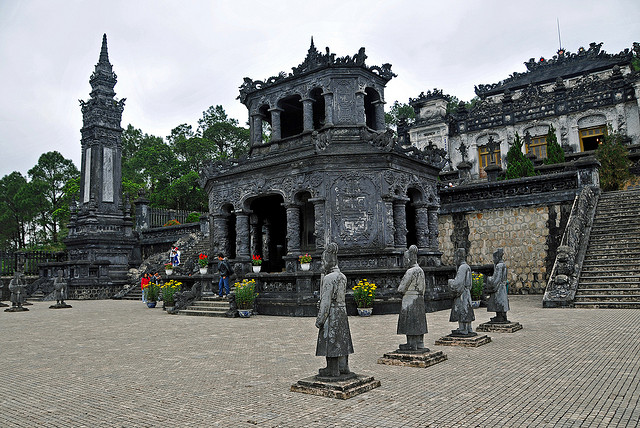
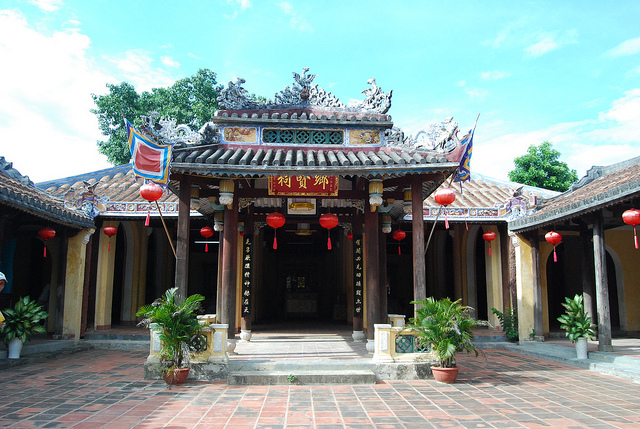
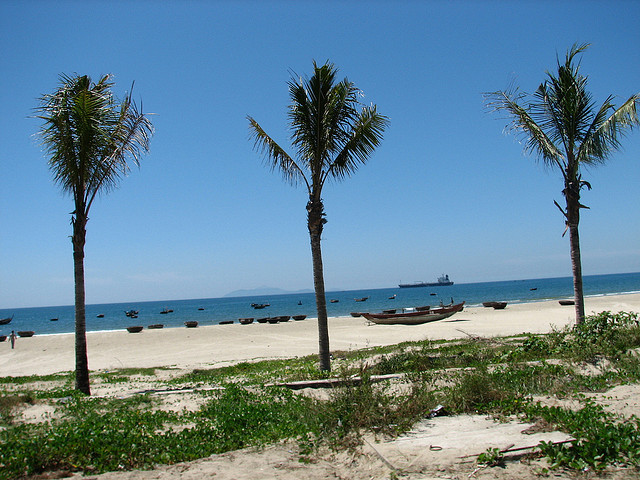
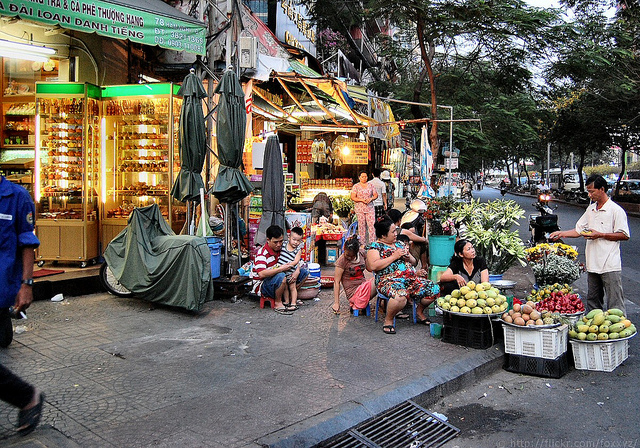










 Both Vietnam and Cambodia are located in Southeast Asia and both are very popular among travelers, including RTW-travelers and backpackers. In fact, getting from
Both Vietnam and Cambodia are located in Southeast Asia and both are very popular among travelers, including RTW-travelers and backpackers. In fact, getting from 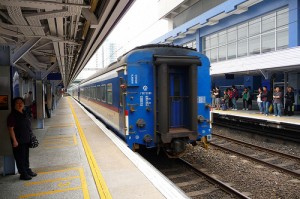

 Hue is located in central Vietnam and used to be the imperial capital. The main landmark is the Perfume River. Other important places to see include the Citadel and the old city. With a changeable weather, bringing an umbrella when traveling to Hue is a must. And if you dislike humidity, it’s best to come here during summer.
Hue is located in central Vietnam and used to be the imperial capital. The main landmark is the Perfume River. Other important places to see include the Citadel and the old city. With a changeable weather, bringing an umbrella when traveling to Hue is a must. And if you dislike humidity, it’s best to come here during summer.